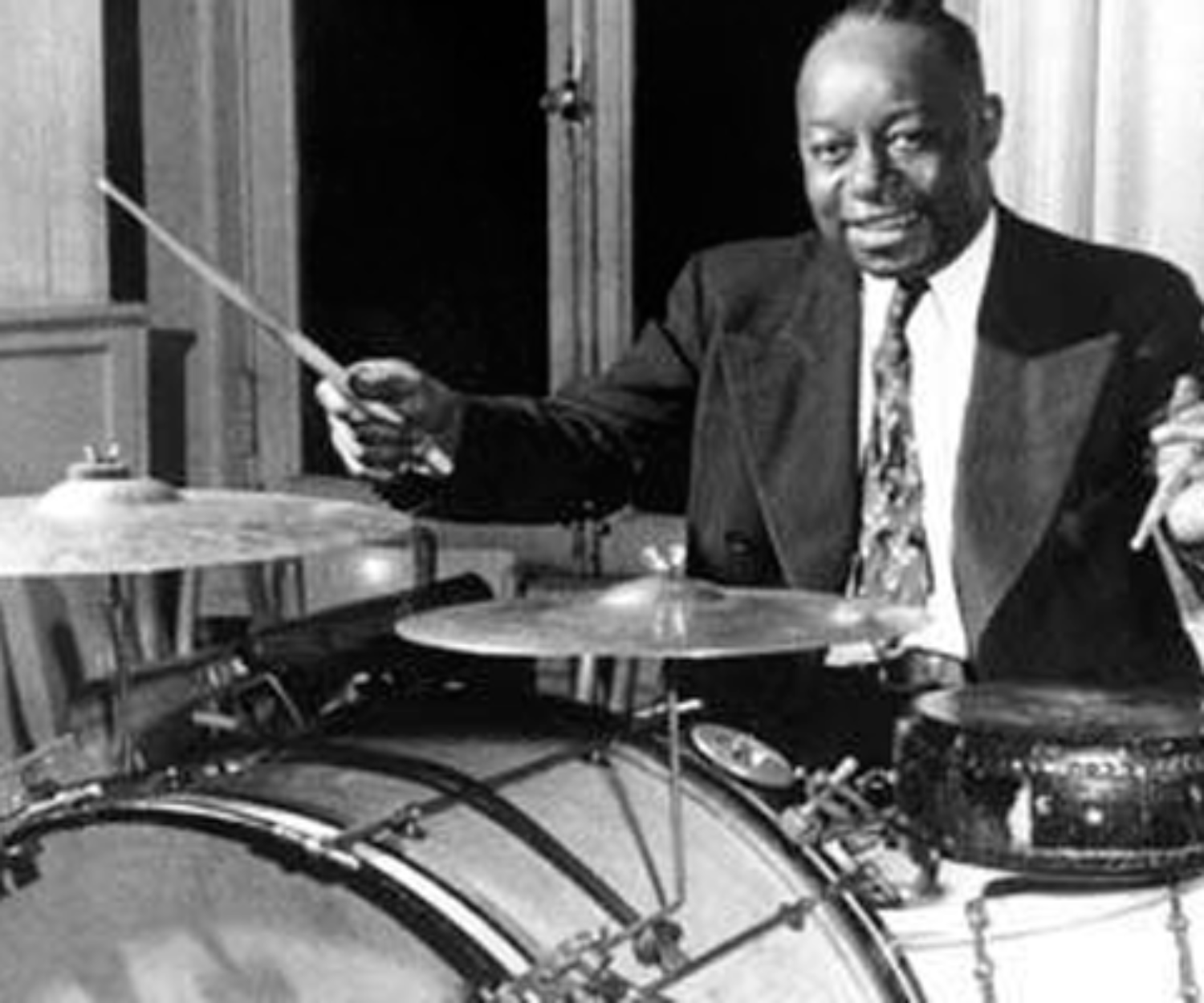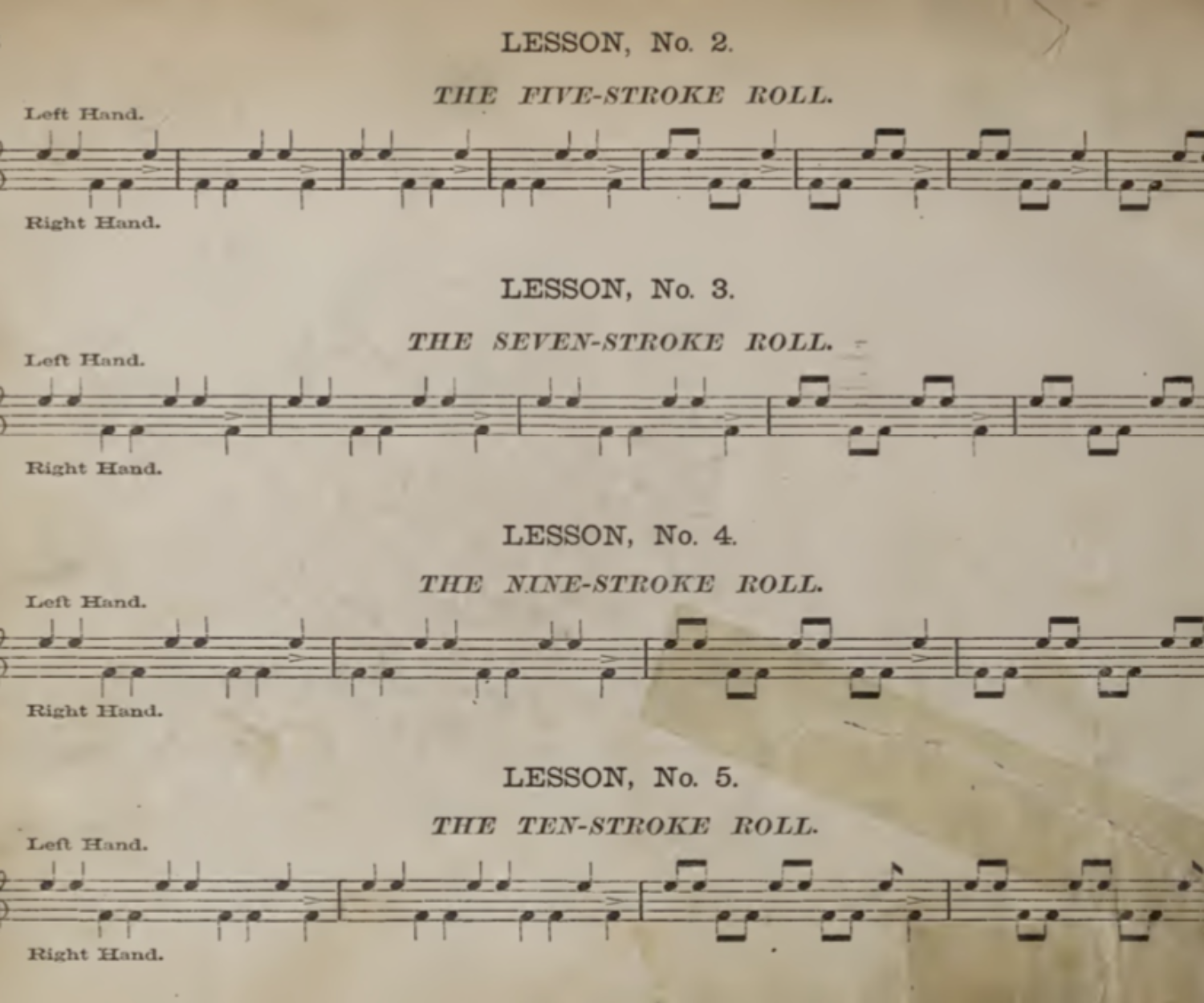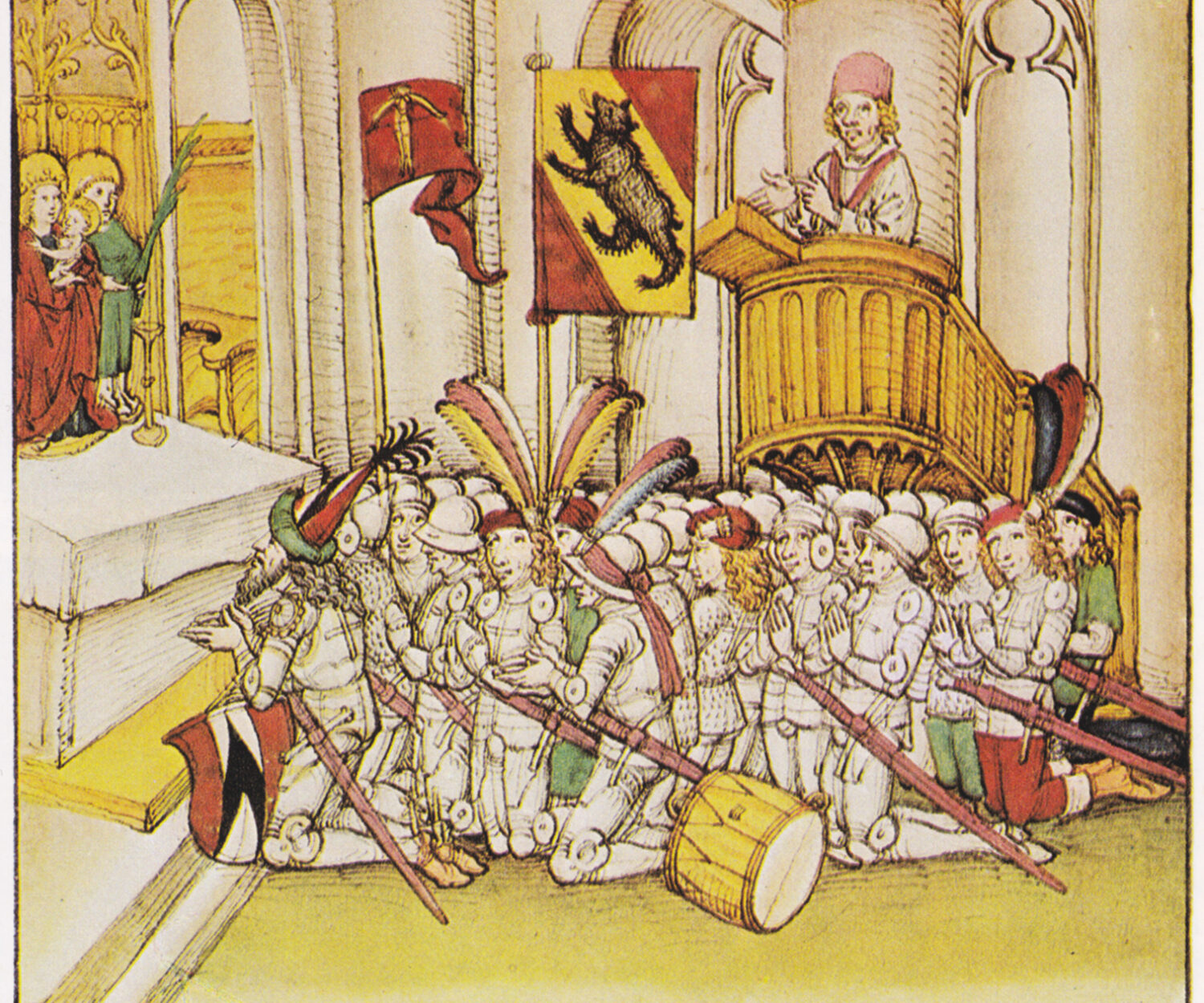The Percussive Arts Society (PAS) has taken on and expanded the legacy of NARD (National Association of Rudimental Drummers).
The purpose of this company, according to what can be read on their website, is to “inspire, educate and support percussionists and drummers throughout the world“. An ambitious goal, towards which they work with regular publications and events.
The company was founded in 1961 by 14 industry experts: Remo Belli, Warren Benson, Mervin Britton, Robert Buggert, Don Canedy, Rey Longyear, Charles Lutz, Jack McKenzie, James L. Moore, Verne Reimer, Jim Salmon, Hugh W. Soebbing, Charles Spohn, and Robert Winslow.
The publishing work began in 1961 with the publication of the Percussive Arts Society Bulletins. In 1967 Percussive Notes magazine became the official publication of the PAS.
Almost daily posts are published on the official PAS blog. The Percussive Notes Journal is released every two months (subscription access).
Every year the Percussive Arts Society organizes an event that has now become global, the Percussive Arts Society International Convention (PASIC) in Indianapolis (Indiana).
At local level, they organize clinics and workshops.
A crucial year was undoubtedly 1984, when the PAS started working on expanding the list of rudiments.
40 rudiments
Until 1984, the official rudiments were the 26 collected by NARD. After the update, the official rudiments have become 40.
I found the list subdivision criterion very interesting and effective. The rolls are grouped into four categories, based on the composition of the rudiment itself.
We therefore have:
I. Roll rudiments, composed of alternating, double or multiple rolls. They are in turn divided into:
a. Single stroke roll rudiments
b. Multiple bounce roll rudiments (buzz roll)
c. Double stroke roll
II. Diddle rudiments, containing combinations of single and double strokes.
III. Flam rudiments, composed of grace note and main stroke.
IV. Drag rudiments, with a doubled grace note and main stroke.
This is by no means a distortion of the list of 26 NARD rudiments. The added rudiments fill the gaps left by the first list.
Here is the list of the 40 rudiments. Those in bold are those added by the PAS:
1. Single stroke roll
2. Single stroke four
3. Single stroke 7
4. Multiple bounce rolls
5. Triple stroke roll
6. Double stroke roll
7. Five stroke roll
8. Six-stroke roll
9. Seven-stroke roll
10. Nine-stroke roll
11. Ten stroke roll
12. Eleven stroke roll
13. Thirteen stroke roll
14. Fifteen stroke roll
15. Seventeen stroke roll
16. Single paradiddle
17. Double paradiddle
18. Triple paradiddles
19. Single paradiddle-diddle
20. Flam
21. Flam accent
22. Flam tap
23. Flamacue
24. Flam paradiddle
25. Single flammed mill
26. Flam paradiddle-diddle
27. Pataflafla
28. Swiss Army Triplet
29. Inverted flam tap
30. Flam drag
31. Drag
32. Single drag tap
33. Double-drag tap
34. Lesson 25
35. Single dragadiddle
36. Drag paradiddle #1
37. Drag paradiddle #2
38. Single ratamacue
39. Double ratamacue
40. Triple ratamacue
Here you will find the list as reported on the PAS website. You can find it on their website in the resources section in the menu bar. Click then rudiments. The download is free.
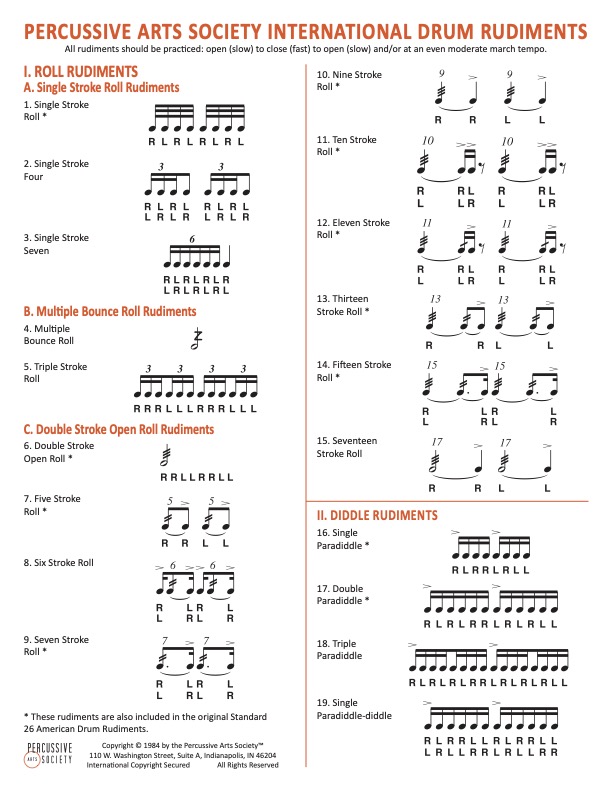
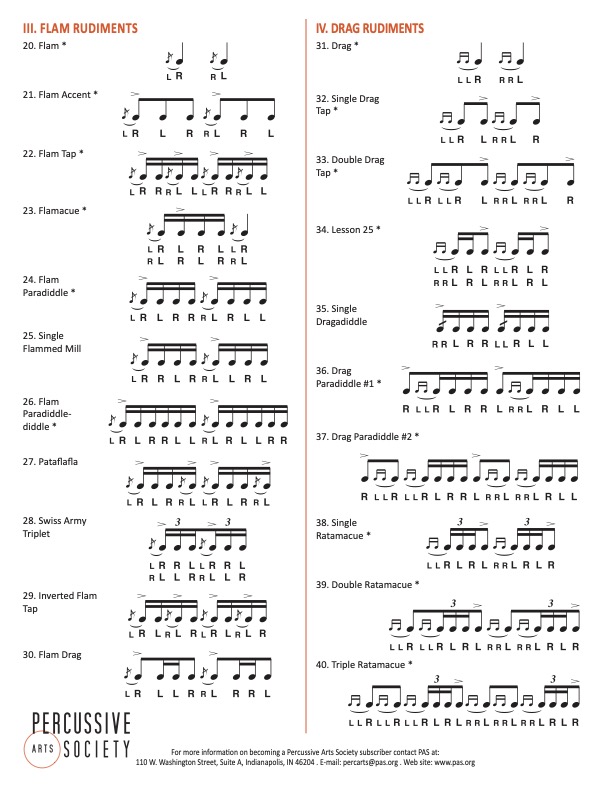 The list is enriched by a Soundcloud link, where the rudiments are played.
The list is enriched by a Soundcloud link, where the rudiments are played.
Conclusions
Being aware of why we play certain rudiments in a certain way has helped me tremendously in practicing them. This article is the natural consequence of the research begun with the history of the drum in Europe, continued with the birth of the drumset as a whole instrument.
In this article I write about the National Association of Rudimental Drummers (NARD), you will find useful information to contextualize the information above.

